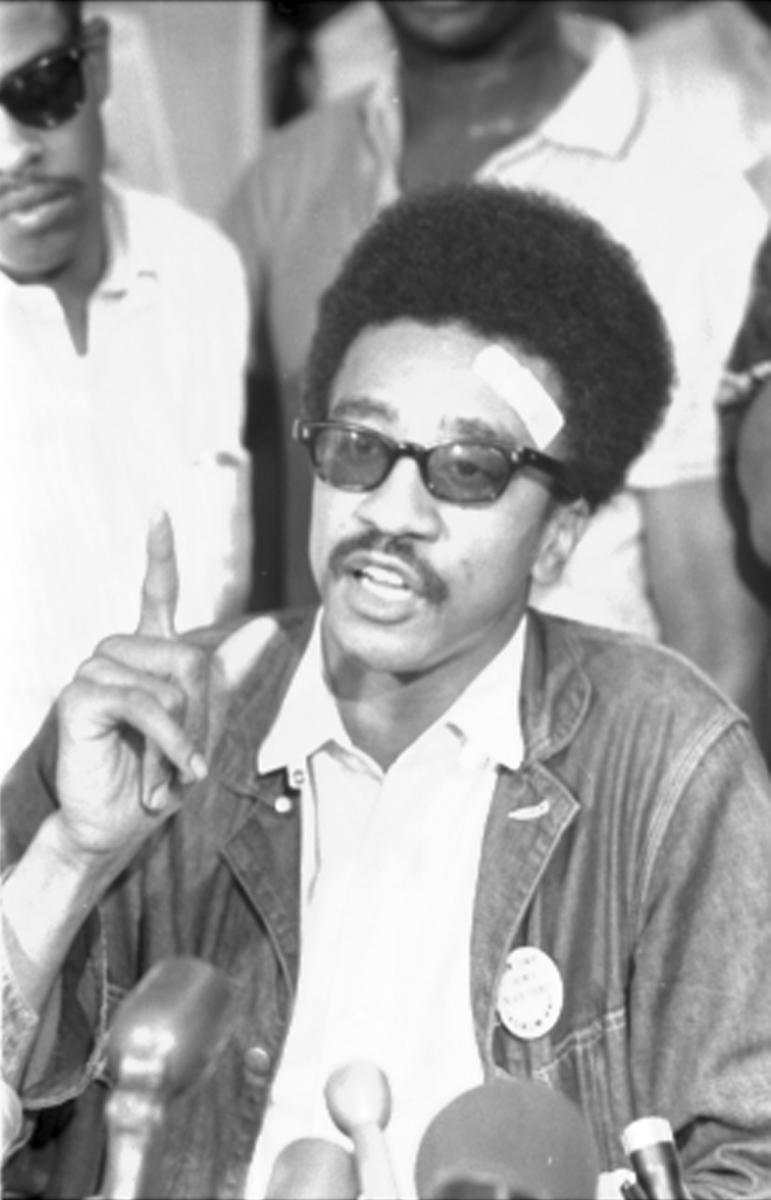
The Student Nonviolent Coordinating Committee (SNCC)
In the early 1960s, young Black college students conducted sit-ins around America to protest the segregation of restaurants. Ella Baker, a Civil Rights activist and Southern Christian Leadership Conference (SCLC) official, invited some of those young Black activists (including Diane Nash, Marion Barry, John Lewis, and James Bevel) to a meeting at Shaw University in Raleigh, North Carolina in April of 1960. From that meeting, the group formed the Student Nonviolent Coordinating Committee (SNCC). It was made up mostly of Black college students, who practiced peaceful, direct action protests. Ella Baker recommended that the group keep its autonomy and to not affiliate itself with the SCLC or other civil rights groups.
Prominent Members/Events of the Student Nonviolent Coordinating Committee
Resources
